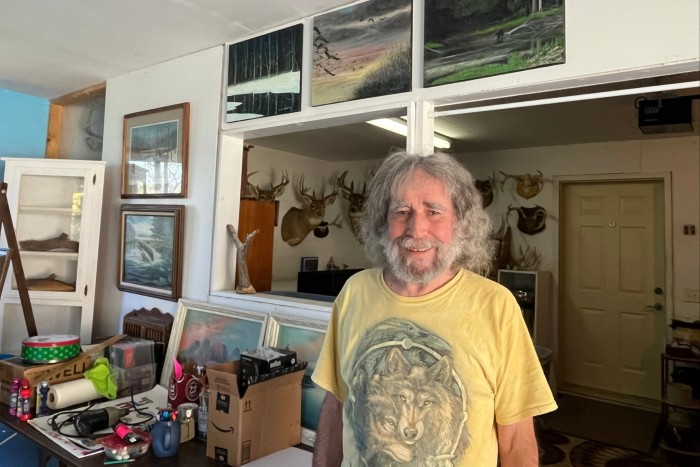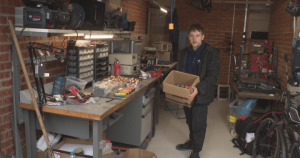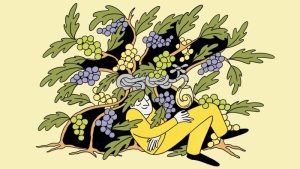Migratory birds fly into a miasma of human making

Unlock the Editor’s Digest for free
Roula Khalaf, Editor of the FT, selects her favourite stories in this weekly newsletter.
The writer is a contributing columnist, based in Chicago
Watching the first birds fly south outside my window overlooking Lake Michigan is part of the natural rhythm of life in the American Midwest. But now that rhythm — and the spectacular annual display which is the autumn migration along the Mississippi River — is increasingly disrupted by humans.
Light pollution and climate change are posing new threats to migratory birds. About 88mn warblers and sparrows, kinglets and thrushes have flown over my Chicago home so far this autumn, struggling to see where they are going, and to find places to feed and rest along the way.
Last year, around 1,000 died in a single night when they crashed into Chicago’s biggest convention centre: they are attracted to light, become disoriented and sometimes collide. This year the lakeside building has decked itself out in polka dots to try to prevent bird collisions. Research shows that over a billion birds die in the US every year from hitting buildings. These days I turn off the kitchen light at night during migration season, heeding calls to do my bit.
Ed Gittens, 74, has lived almost his whole life along the biggest US migration route, the Mississippi River flyway. He’s an amateur naturalist and wildlife artist, and I stopped to chat with him earlier this month as I drove the so-called Great River Road along the Mississippi.
“It’s wonderful to see swans, but when you’re seeing a lot of swans at New Year’s, that’s not right,” says Gittens, who lives on the river banks in Minnesota. There have been profound shifts for the local bird life, he adds. “Generally speaking, by Thanksgiving the birds have migrated because the river is frozen, but with climate change it’s not freezing and so if the food stays available, they stay and eat”.


River levels have also been affected: “I remember ‘century floods’ when I was a kid, six or seven years old, but we never had two-thirds of a summer with ultra-high water,” he says (this happened after the 2019 floods). He directs me down the road to see the impact: a vast area of dead floodplain forest.
Dale Gentry, director of conservation for Audubon Upper Mississippi River, tells me this is one of the biggest problems for migratory birds. Trees are dying partly because they can’t stand having their roots submerged in water for months on end.
The avian timetables are also changing, says Andrew Farnsworth, a visiting scientist at the Centre for Avian Population Studies at Cornell. “The more we look, the more we see the footprint of rapid climate changes,” including “pretty dramatic differences in when the spring migration occurs in the Upper Mississippi River valley,” he told me. “Sometimes birds get to breeding areas too early when there’s too much snow” — meaning there’s not enough food. Peak spring migration in the Upper Mississippi is 1.5 to 2 days earlier than it was 20 years ago, he says, adding “that may not sound much, but if you moved Christmas to December 23 and kept moving it, eventually it would be on Thanksgiving”.
It’s not all bad news though: Gittens celebrates the recovery of nearly extinct bald eagle populations in the Upper Mississippi, after the banning of the pesticide DDT in the 1970s. A sign at the nearby National Eagle Centre says there was only one nesting pair in the area in 1968-72. Now there are over 300: they soar over my car as I drive.
Flocks of American white pelicans stream down the middle of the vast river, turkey vultures rise and fall on thermals at dusk beside my blufftop campsite, and an angry sandhill crane protests as I walk my dogs in a wetland at dawn. My Merlin birding app picks out the songs of sparrows, warblers and kinglets nearby.
Is it too late to save the annual bird migration, as I have known it? Neil Smarjesse, national resource programme manager at the Mississippi National River and Recreation Area, praises habitat restoration efforts along the Mississippi. “If we can expand them, then in the long run, we will be doing more good than bad as humans,” he says. Now that’s a goal worth aiming for.
#Migratory #birds #fly #miasma #human #making




